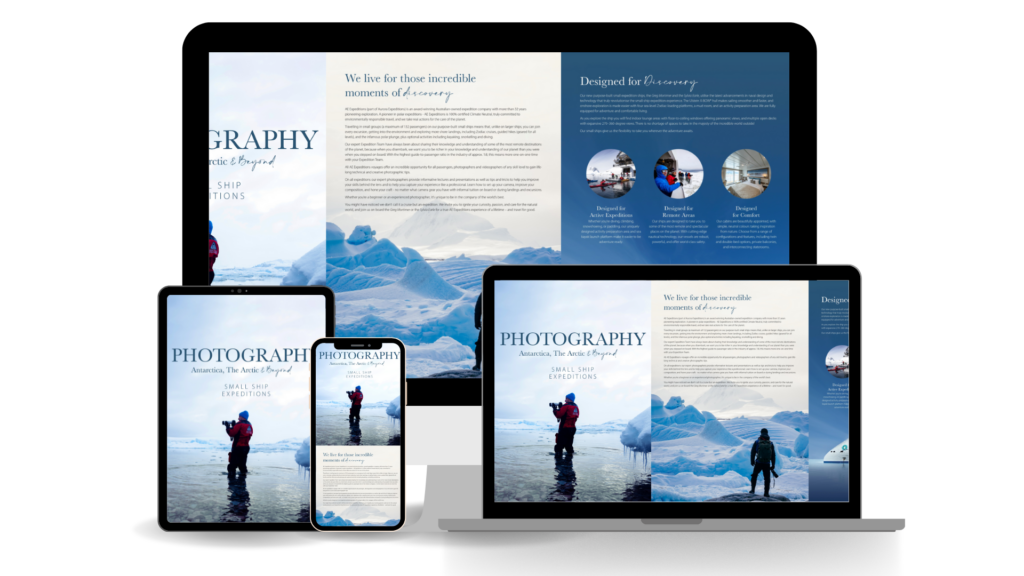Meet Our Photography Guides
Home > Meet Our Photography Guides
Improve your Photography with the World's Best
All Aurora Expeditions voyages offer an incredible opportunity for all expeditioners, photographers and videographers of any skill level to develop technical and creative photography skills.
On every expedition, an expert Photography Guide or Special Guest Photographer will be onboard, providing unique lectures and presentations as well as tips and tricks to help you improve your skills behind the lens and to help you capture your experience like a professional.
Learn how to set up your camera, improve your composition, hone your craft no matter what camera gear you have with informal tuition onboard or during landings and excursions.
Whether you’re a beginner or an experienced photographer, there is so much you learn simply from being in the company of the world’s best!
Request a quote to book your dream trip with an internationally-acclaimed Photography Guide and like-minded travellers.
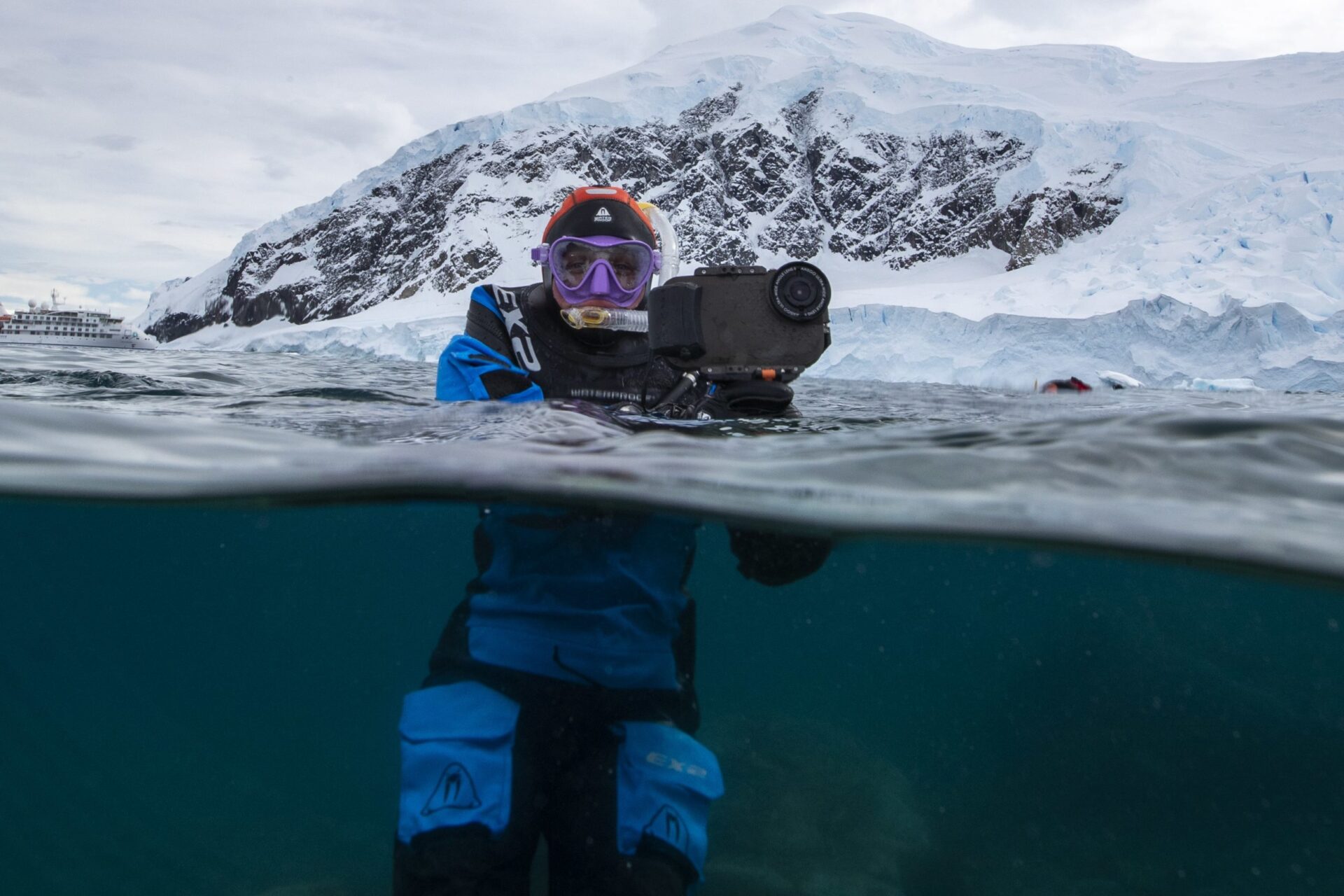
Take your Photography to the Next Level
Richard I’Anson is one of the world’s best landscape photographers, with over three decades of experience globetrotting and capturing the natural world’s most rare and special moments. But it’s not just us at Aurora Expeditions that think he’s the best – he’s been awarded Australia’s Top Travel Photographer as well as a plethora of other industry awards.
A World Nomads Mentor and Australian Himalayan Foundation Ambassador, Richard loves giving back. We’re incredibly grateful that he finds the time to join us on select voyages as a Special Guest Photographer, to impart his knowledge and skill with expeditioners.
Richard represents Canon Australia as a Canon Master Photographer and shoots with Canon 1D X MkIII DSLR cameras and a range of L-Series lenses.
We spoke to Richard about how being on an expedition with an experienced Photography Guide can enhance your photography skills no matter your ability or gear. But first, check out some of Richard’s amazing photography!
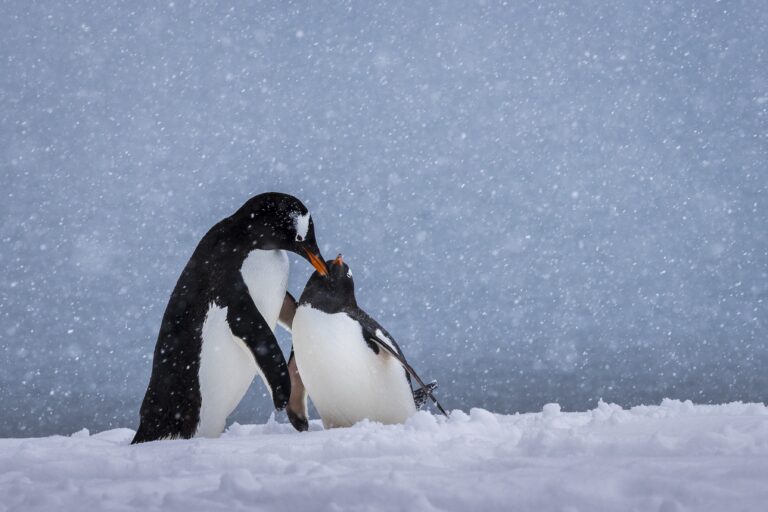
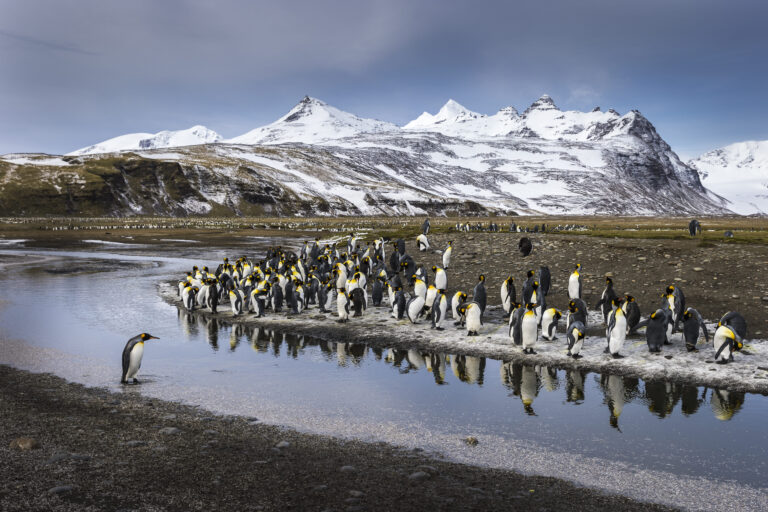
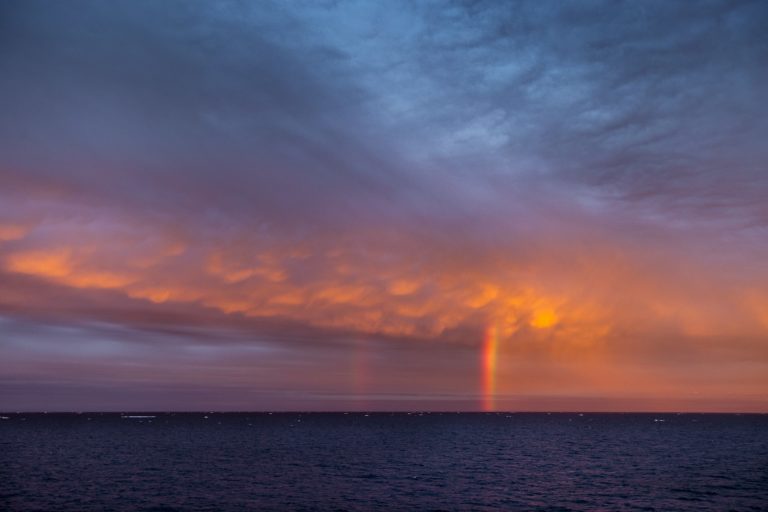
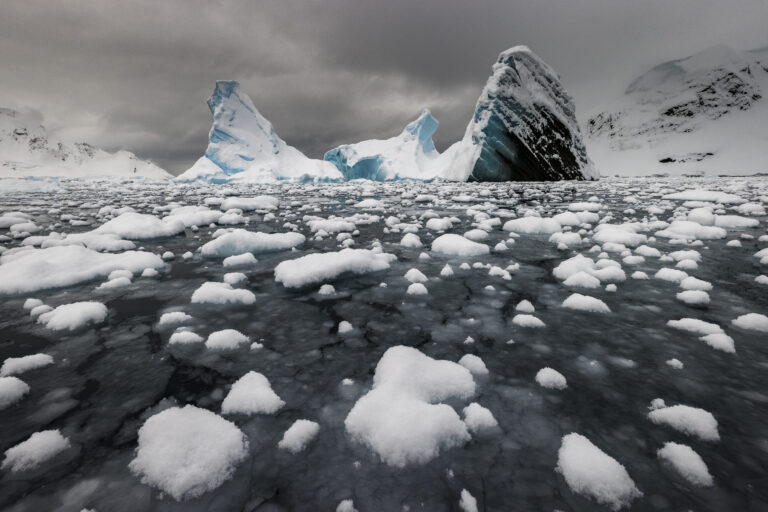
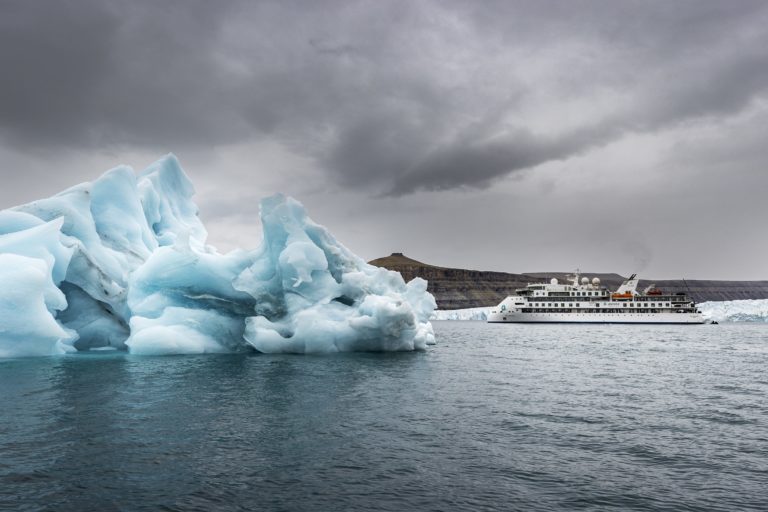
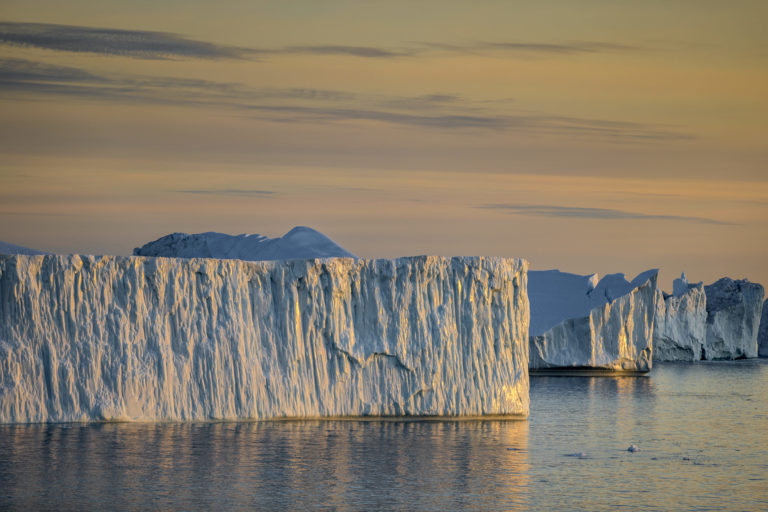
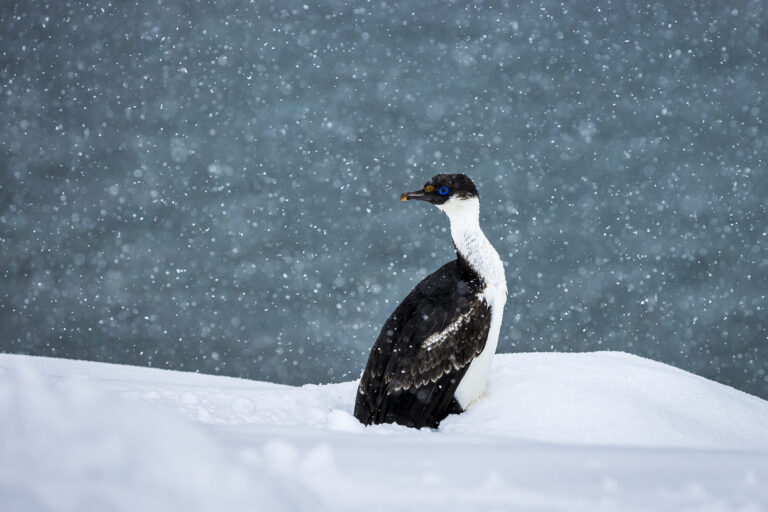
>> View more of Richard I’Anson’s photography.
Richard, tell us about your history with Aurora Expeditions.
I first went to Antarctica in 2006, but my first trip with Aurora was in 2016 on the Polar Pioneer on an Antarctic Peninsula and South Georgia trip.
In 2019 I spent five weeks on the Greg Mortimer on voyages to the Antarctic Peninsula and South Georgia. I absolutely love that there is something spectacular to photograph all day, and the days are long!
The obvious big-ticket subjects are the landscapes of mountains, ice and icebergs and the teeming wildlife, but the changeable weather offers dramatic skies and moody seas that offer great photo opportunities on the sea crossing days as well.
What sets Aurora Expeditions apart from the rest?
The thing I love about Aurora Expeditions that is different to other small-ship expeditions is the emphasis on getting off the ship as often as possible for shore landings and zodiac cruises, not matter the weather.
It can’t be hard to take a good photo on our expeditions and in the polar regions, or is it? What are your tips for people on what to pack if they want to get decent photos?
Capturing better than average photographic memories is not hard, thanks to the locations we visit. My aim, and the goal I encourage others to chase, is to capture consistently great photographs of all the subjects we encounter. Assuming people are prioritising their photography, then a DSLR or mirrorless camera with a couple of zoom lenses such as a wide-angle 16-35mm and a medium telephoto 70-200 will suffice for most subjects and situations. However, if you are after frame-filling wildlife portraits and are keen on photographing birds then a 100-400mm is a good choice.
Whilst onboard a trip with you what can people expect to learn, or how will their skills be enhanced?
My aim is to help people take their photography to the next level, whether novice or advanced enthusiast. I’m always happy to help people with camera and technical questions, but once the technical side of photography is understood we concentrate on composition and understanding light, which are the creative, and fun, side of photography and are the keys to capturing unique images.
What has photography given you?
Photography has afforded me the privilege of extensive travel to many parts of the world, but more importantly I’ve been able to delve deep into particular destinations and cultures through repeat visits including the Himalaya, the Indian sub-continent and over the last five years Antarctica and South Georgia with Aurora Expeditions.
What surprised you about photographing the polar regions when you first travelled? What did you have to learn yourself?
I was most surprised by the fact that every landing and every day seemed to be more spectacular than those that came before.
Introducing our Special Guest Photographers joining select 2023-24 Antarctica expeditions
Meet our Photography Guides joining 2023-24 Antarctica voyages
Top Photography Tips
Discover our expert team of Photography Guides’ top photography tips to get you started!
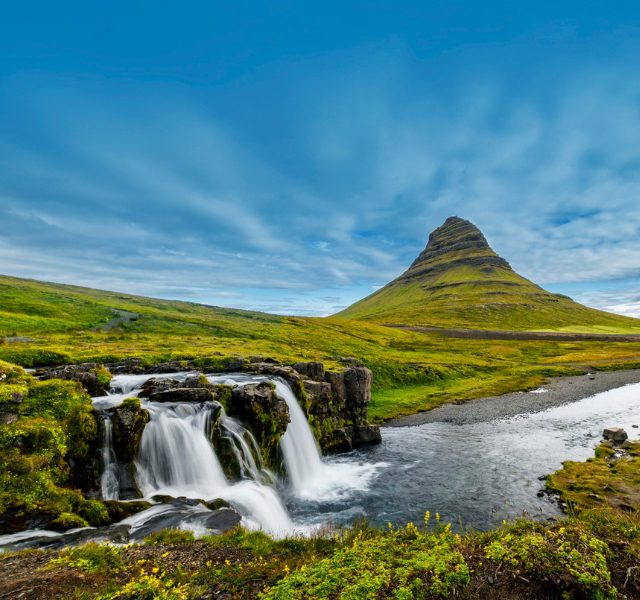
- Read and bring your manuals
- Bring lens paper and cleaning fluid
- Pack your battery charger or spare batteries
- Pack extra film/tape/memory cards
- Pack electronic flash/tripod
- Bring a soft cloth for cleaning lens
- Bring a waterproof bag
- Identify subject (look for interesting behaviour as well as beauty)
- Frame shot carefully
- Open aperture one-stop when subject is dark
- Close aperture one-stop in bright light and glare
- Increase shutter speed when shooting from moving ship or Zodiac
- Focus carefully and hold the camera still
- Respect the rights of people, wildlife and fellow photographers
Want more tips from a pro? From the rule of thirds to framing to negative space, discover Photography Guide Scott Portelli’s top 10 tips and basic rules that will help you refine your composition, mood and visual communication, to guide your audience, friends and followers through your images.
Gallery
Be inspired by photography from our talented and renowned Special Guest Photographers and Photography Guides.
Want to know more?
To find out more about our Photography Program, contact us or download our Photography Mini Brochure below.
Photography Mini Brochure
Contact Us

